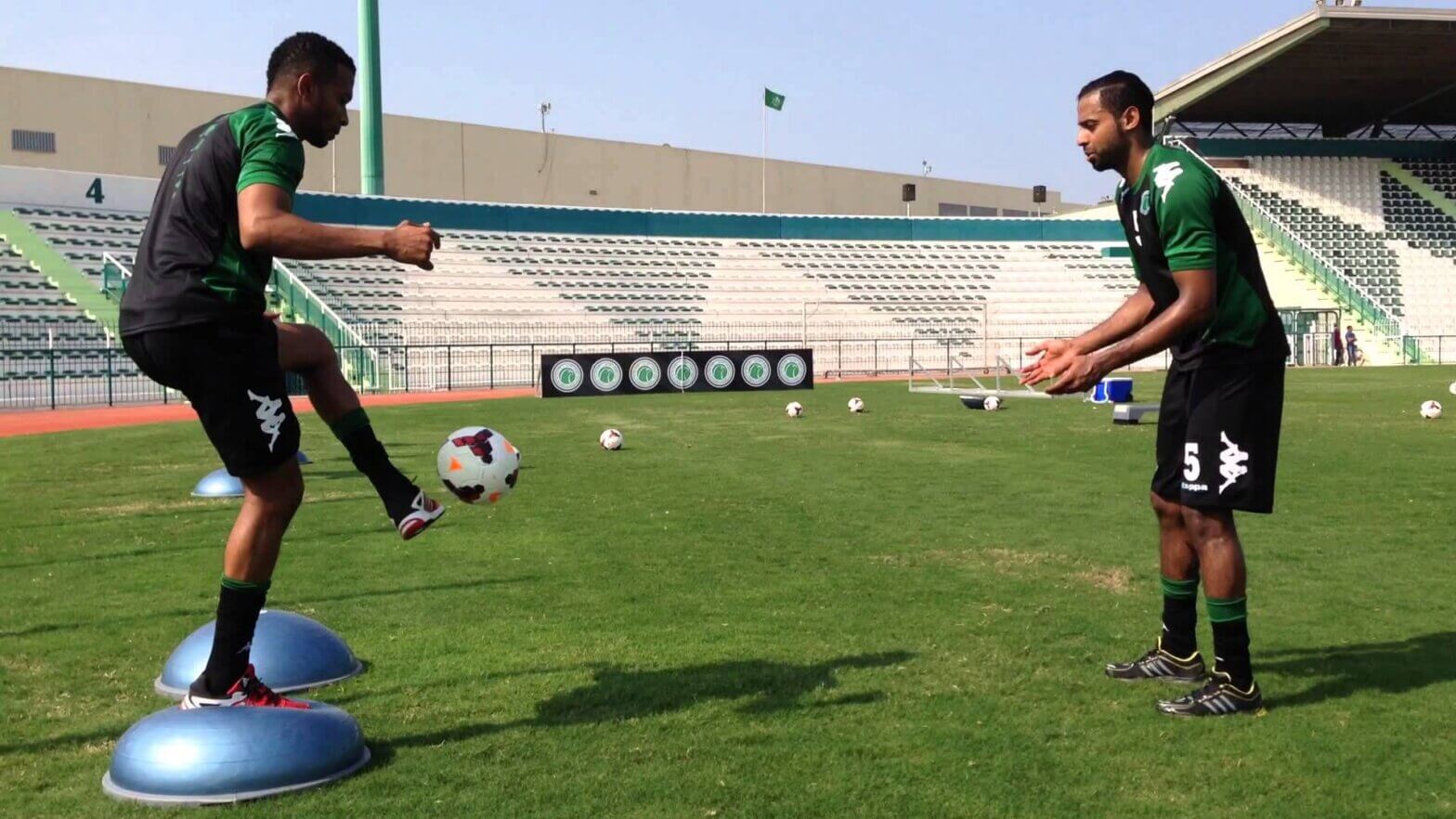Pain in one or both legs can be caused by a variety of factors. This blog post will review some of these common causes and discuss the role of physical therapy in resolving these symptoms.
Leg pain can be caused by nerve root impingement in the lower back, a condition where the spinal nerve roots become compressed or irritated due to factors like herniated discs, bone spurs, or spinal stenosis. When this occurs, the affected nerves can transmit pain signals down the length of the legs, leading to symptoms such as shooting pain, tingling, numbness, or weakness. Treatment for leg pain caused by nerve root impingement typically involves a combination of therapies, including pain medication, physical therapy, corticosteroid injections, and in severe cases, surgical intervention to alleviate pressure on the affected nerves and restore normal function. Often, a physical therapist can perform gentle mobilization to the spine in combination with specifically prescribed exercises to reduce the compression of the nerves and ultimately resolve the leg pain and other associated symptoms.
Leg pain can also be caused by piriformis syndrome, a condition where the piriformis muscle, located in the buttocks, compresses the sciatic nerve, leading to symptoms similar to sciatica. When the piriformis muscle becomes tight or inflamed, it can irritate the nearby sciatic nerve, causing pain, tingling, or numbness that radiates down the leg, often mimicking the symptoms of sciatica. This compression of the sciatic nerve can result from factors such as prolonged sitting, overuse, muscle imbalances, or trauma. Piriformis syndrome is often diagnosed through physical examination and imaging tests, and treatment typically involves a combination of stretching exercises, massage therapy, and anti-inflammatory medication to alleviate muscle tightness and reduce pressure on the sciatic nerve. In some cases, more invasive treatments like corticosteroid injections or surgery may be recommended to relieve severe symptoms.

Additionally, leg pain can arise from muscle weakness or tightness, both of which can disrupt the biomechanics and stability of the lower body. Weakness in muscles such as the quadriceps, hamstrings, or glutes can lead to imbalances in the musculoskeletal system, putting undue stress on other muscles and joints, ultimately resulting in pain. Conversely, tightness in muscles like the hamstrings, quadriceps, or calves can restrict movement and lead to overcompensation by surrounding muscles, causing strain and discomfort. Addressing muscle weakness or tightness often involves targeted exercises to improve strength and flexibility, along with stretching routines to alleviate tightness and restore proper muscle function.
Whether the cause is from impingement of the nerve roots at the spine, nerve compression due to muscular tightness, or weakness and/or tightness in the legs, physical therapy can help to provide relief. A physical therapist is specially trained to identify the root cause of the pain through special testing and then prescribe the appropriate treatments to resolve the underlying issue. If you suffer from pain or other symptoms in the leg, call Respire Physical Therapy at 703-671-1871 or click here to schedule an initial evaluation and begin your path to recovery! 
Tags: piriformis syndrome, choosept, spinal stenosis, ptworks, falls church va, Physical Therapy, Arlington va, Respire Physical Therapy, Alexandria va, physical therapist, disc herniation, sciatica pain, pain free living, pt education, movement is medicine, leg pain



